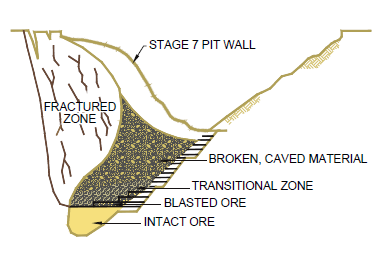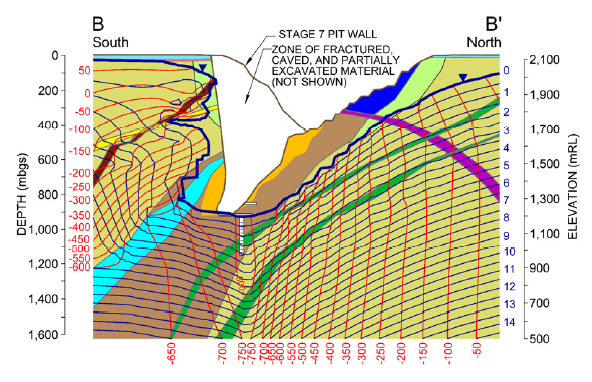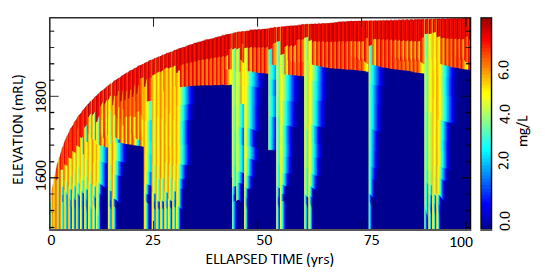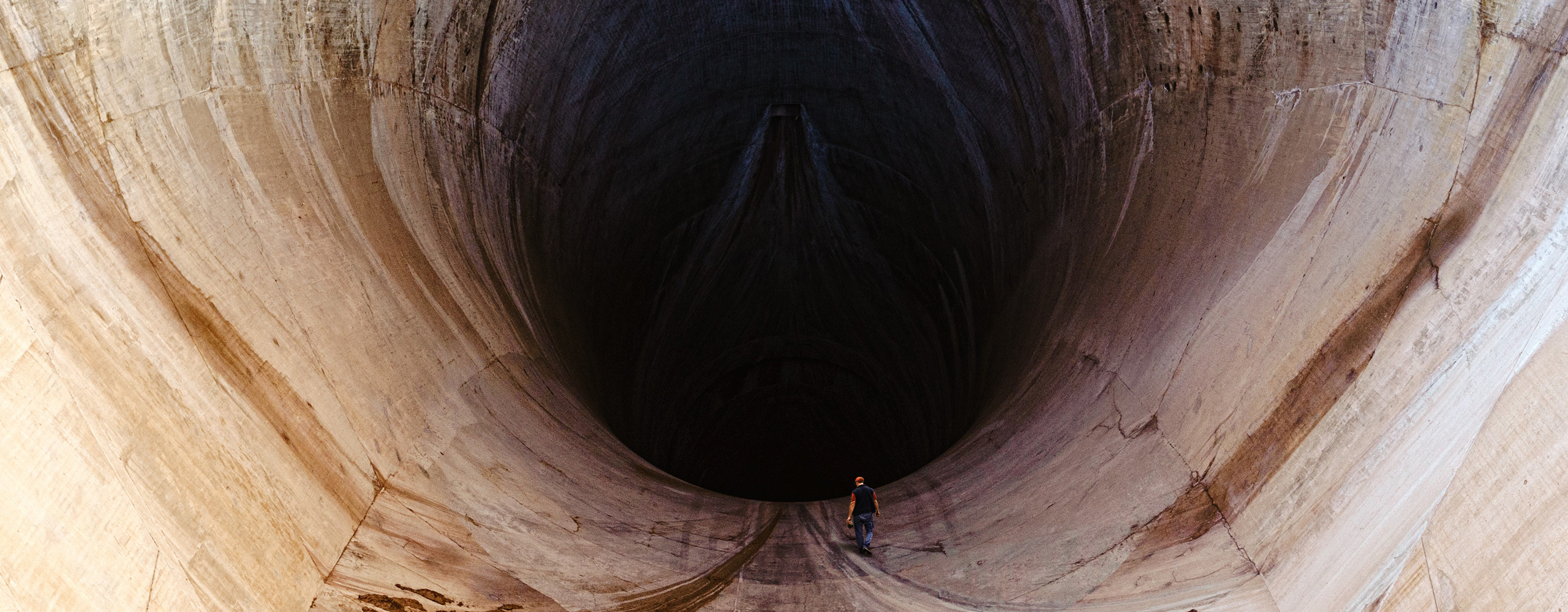Hydrogeologic and Geochemistry Support for Open Pit and Underground Mining at Ernest Henry Mine
Project Description
The Ernest Henry Mine is a large open pit copper mine with deeper mineralization that was targeted for underground mining. A Feasibility Study (FS) was conducted to evaluate the potential for mining of the underground component by sublevel‐caving methods. The FS required the consideration of groundwater, including an evaluation of the expected inflows to the access drifts and underground workings, a comparison of different dewatering alternatives, the development of a mine‐water control program, and an assessment of potential environmental impacts through closure and pit lake formation.
Itasca's Role
Itasca hydrogeologic and geochemical support for the FS involved field work, data analysis, and numerical modeling. Itasca performed packer permeability tests in geotechnical boreholes in key areas to characterize/quantify the local hydraulic property values and to identify specific structural zones that could produce high groundwater inflows to the underground mine. Itasca built and calibrated a numerical, three‐dimensional (MINEDW) groundwater flow model using the available site field data and records of prior mine‐dewatering operations. Itasca then used the model to simulate 10 different dewatering options, which involved various combinations of surface and/or underground pumping wells, horizontal or inclined drain holes, and subsurface drainage galleries. The dewatering simulations incorporated the results of geomechanical modeling (3DEC), which estimated the extent of caving, ground cracking, and relaxation around the mining voids. Itasca also developed a coupled numerical hydrodynamic (CAEDYM/DYRESM) and geochemical‐equilibrium (PHREEQC) water quality model, which was used to assess the potential stratification and water quality of the hydraulically‐connected pit lake and flooded underground mine after closure.
Project Results
Itasca’s field work and numerical modeling results provided a strong base for analyzing the Project’s groundwater component and supporting the FS decision‐making process. Based on Itasca’s analysis, a dewatering system utilizing 15 strategically‐located deep dewatering wells was recommended to limit the residual passive inflow to the underground mine to a manageable rate (less than 2 ML/day). An underground drainage tunnel and associated drain holes were also recommended as an auxiliary method for pre‐dewatering of the underground mine. Hydrodynamic and geochemical modeling of the ultimate pit lake predicted that periodic mixing would occur and that the mixing would maintain generally oxidizing conditions in the lake; hence, the metals’ concentrations are predicted to be low.
Project Image(s)




